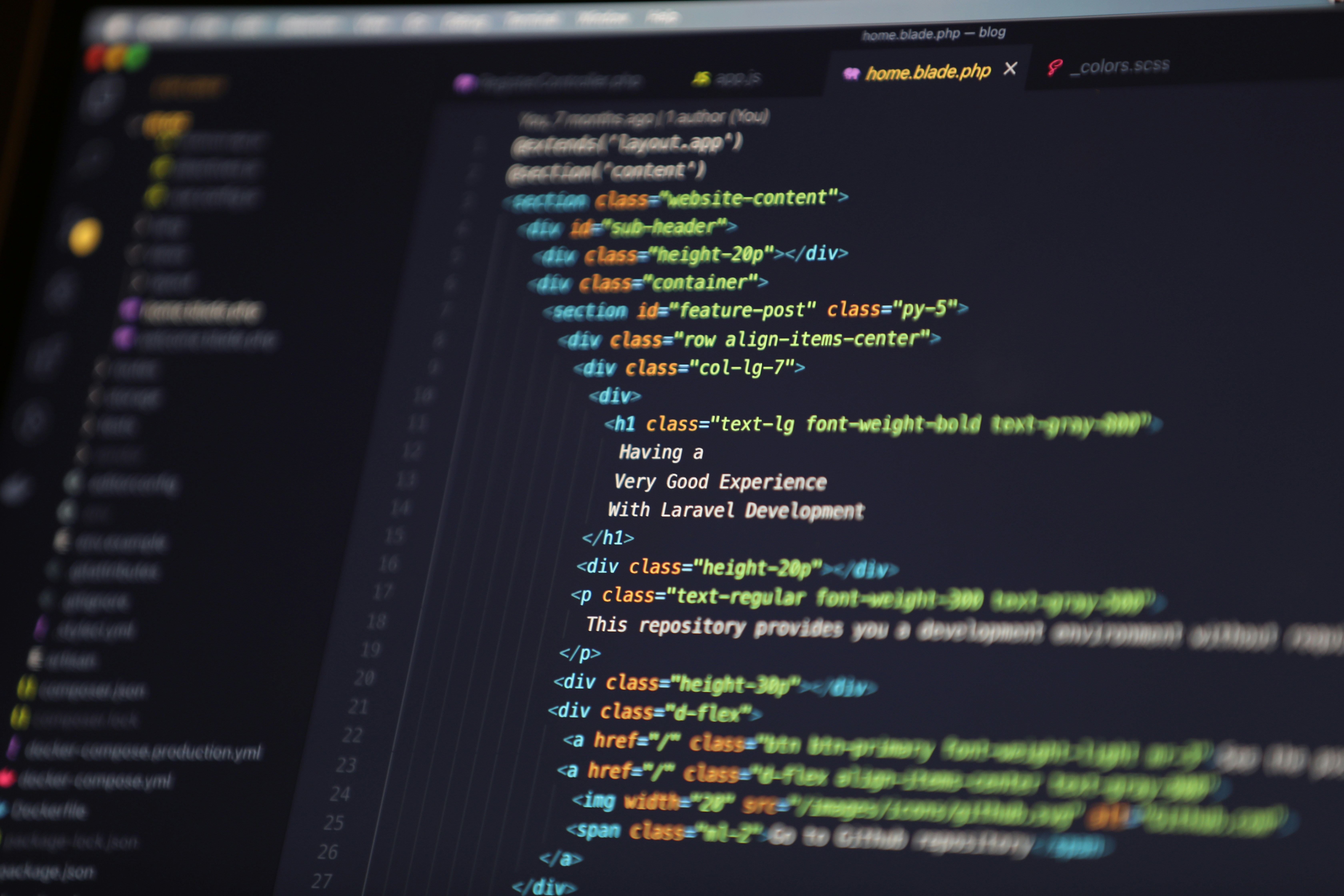Welcome to my Final Project
This portfolio highlights the web design principles that I learned about during this course.
Writing Code That Passes the W3C
It is important to write HTML code that passes the W3C validator for a variety of reasons. The W3C sets standards that ensure consistency and compatibility across all browsers and devices. This ensures that the web pages load no matter how the users are looking at it. W3C validator ensures that elements like lists and tables are used correctly, which makes websites all load in the same way to allow for a consistent experience across the web.
Another key benefit is accessibility. The W3C validator checks for compliance with accessibility guidelines, helping you build sites that everyone can use, including people with disabilities. Passing the W3C validator ensures that your website will continue to work in the future. As web technologies change, compliant code is more likely to remain compatible in all use cases, which eliminates the need for constant updates to the site.
In short, using the W3C validator helps you create websites that are accessible, consistent, and future-proof, ensuring a better experience for all users.

Web Accessibility
Web accessibility is an essential part of modern web development. It goes beyond merely complying with laws like the Americans with Disabilities Act (ADA); it's about making digital platforms inclusive and usable for everyone, regardless of their abilities.
To make websites perceivable by everyone, web developers are required to make several accommodations. To create a consistent standard for accessibility, the W3C developed Web Content Accessibility Guidelines (WCAG). These guidelines provide a set of minimum standards for making web content more accessible to people with disabilities. WCAG standards help to create websites that are perceivable, operable, understandable, and robust for all users.
From a design perspective, WCAG stipulates that all images include text alternatives for non-text content, such as descriptive alt text for images and captions for videos. This ensures that users with visual impairments or hearing difficulties are still able to access the content. Another example is functionality and usability: all functionalities on the website should be accessible via keyboard. This includes creating keyboard-navigable forms and providing consistent navigation menus.
Another consideration is the content itself. For content to be understandable by all, it is important to use clear and simple language, avoiding slang and complex sentences. Presenting information in an accessible way ensures that the broadest possible audience is able to take it in.
From a technological perspective, creating HTML code that is clear, consistent, and that passes available validations ensures that the website is able to be viewed by all users, regardless of the device that they are using. This is even more essential when users depend on assistive technology to access the web.
In my final project, I will follow WCAG guidelines to create a website that is accessible and inclusive. I will use HTML that passes W3C validation to ensure a well-structured and widely-compatible website. All interactive elements, such as links, buttons, and forms, will be fully accessible via keyboard, and I will test the website using only a keyboard to ensure functionality with or without the use of a mouse. Descriptive alt text will be provided for all images, and I will choose multimedia content that has available closed-captioning.
Consistent HTML code will be maintained throughout the site to ensure that it is easy to troubleshoot and update. I will use a single CSS sheet across all pages of the website, simplifying changes to fonts or colors if necessary.
By incorporating these ADA considerations and accessibility standards, my final project website will be inclusive, ensuring that all users, regardless of their abilities, can access and interact with the content effectively. This approach not only aligns with legal requirements but also demonstrates a commitment to creating a more equitable and user-friendly web experience.